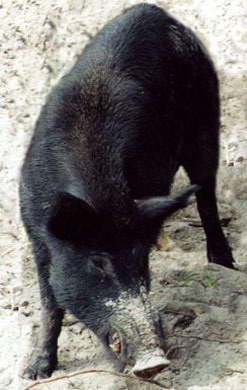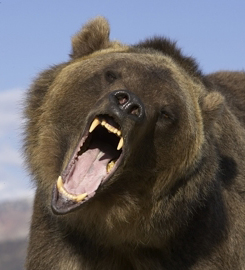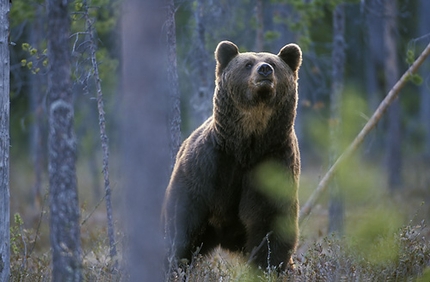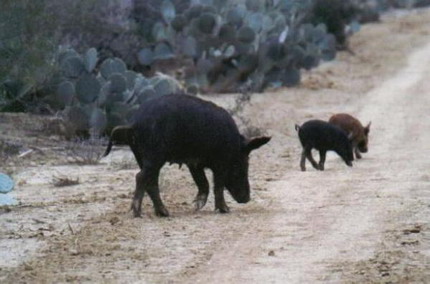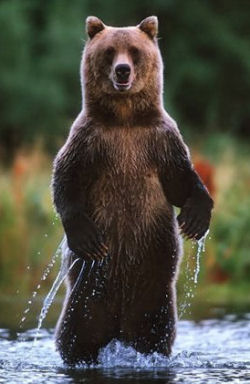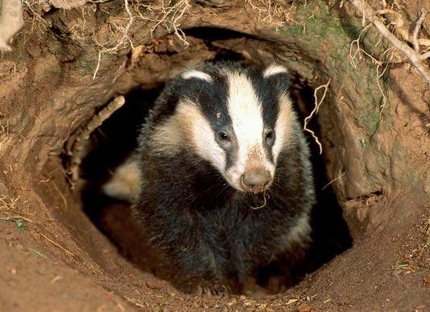Why did the alligator cross the road? Perhaps he was looking for a mate, according to a state wildlife biologist.
An 8-foot alligator lying on a Bell County farm-to-market road got the attention of a traveler early Thursday morning. “A passerby called it in as an animal in the road,” Bell County Sheriff Lt. David Wical said.
When deputies responded to the intersection of FM 436 and FM 1123 about 2:20 a.m. they found a large alligator estimated to be between 8 and 8½ feet long and weighing about 200 pounds next to the road. After contacting the local Texas Parks and Wildlife Department office, the deputies were advised to try to capture the animal, but if it became vicious to destroy it.
“It was a safety issue,” said Jimmy Lewing, sheriff’s office spokesman, said about the gator that was about a mile west of the Lampasas River. “When they got there it was right off the roadway.”
Two Bell County deputies and two Salado officers worked together to get a rope around the alligator to capture it but failed after numerous attempts. The on-scene supervisor then made a decision to shoot the alligator because of officer and public safety, according to Wical.
Since the alligator was on a state-maintained highway, Texas Department of Transportation maintenance employees were called to remove the animal. “We picked it up, hauled it away and buried it,” Ken Roberts, TxDOT spokesman, said. “We pick up deer, cows, horses and dogs, and that’s what we do.”
An alligator, Roberts admitted, is unusual for them to remove. “It’s probably the strangest thing we’ve picked up in a long time,” he said. The maintenance employees weren’t surprised by the find, Roberts said. “They said there’s gators in the streams and rivers,” he said.
Derrick Wolter, a Texas Parks and Wildlife biologist, concurred. He said there have been reports of alligators in Belton Lake and Stillhouse Hollow Reservoir. “I don’t know if they’re illegal pets that someone let loose or naturally occurring,” he said. He estimated the alligator to be between 10 and 12 years old because of its size.
Between 250,000 and 300,000 wild alligators live in Texas, most of those east of Interstate 45, Wolter said. For alligators, May is the breeding season, which could still be occurring in early June.
“My guess is it was a male alligator looking around,” he said.
